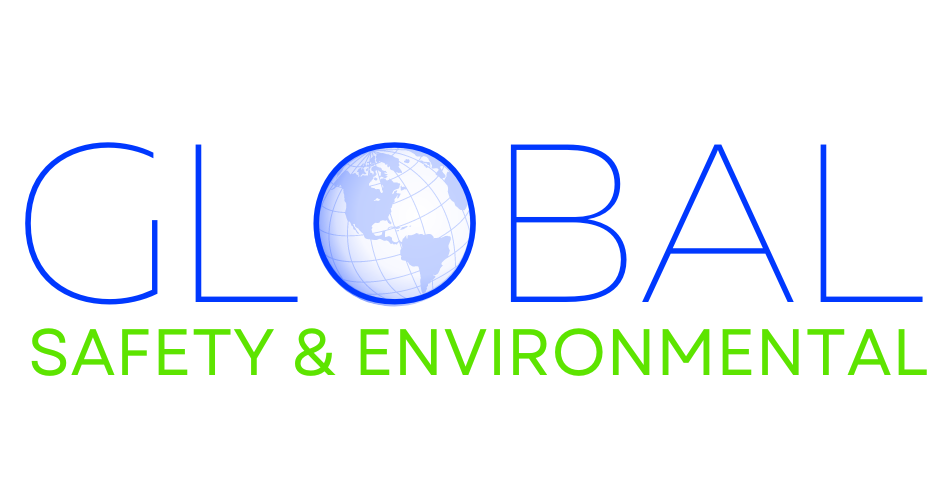Falls from elevation continue to be a leading cause of serious worksite injuries and fatalities in the United States. While safety regulations and best practices exist, recent incidents across various industries demonstrate the constant need for vigilance and proactive fall prevention measures.
Falls in Construction:
The construction industry faces a particularly high risk of falls. According to the Bureau of Labor Statistics (BLS), falls accounted for 39% of construction worker fatalities in 2022. This past week alone, the Occupational Safety and Health Administration (OSHA) issued citations to two construction companies for failing to adequately protect workers from fall hazards.
A St. Louis-based roofing contractor repeatedly exposed workers to falls by not ensuring proper fall protection systems were in place. This egregious disregard for safety placed workers at significant risk of falls, which can result in severe injuries or even death. OSHA has levied fines against the company and mandated the implementation of a comprehensive fall protection program to prevent future occurrences [OSHA News Release].
In Georgia, a construction worker suffered a fatal fall due to the company’s failure to provide proper safeguards. This tragic incident underscores the critical importance of thorough safety protocols and ongoing training to prevent avoidable falls. OSHA is investigating the details and will likely issue citations against the company [OSHA News Release].
These recent incidents highlight the need for construction companies to prioritize fall prevention through a multi-pronged approach:
- Investing in Fall Protection Equipment: Providing workers with appropriate personal fall arrest systems (PFAS) like harnesses and lanyards is essential. Regularly inspecting and maintaining this equipment is equally crucial.
- Safe Work Practices: Implementing safe work practices like planning for fall hazards, establishing clear fall zones, and ensuring proper guardrails are in place are vital preventative measures.
- Fall Protection Training: Comprehensive training for workers on proper fall protection equipment use, safe work practices at heights, and hazard identification goes a long way in keeping them safe.
Fall Prevention Beyond Construction:
While construction poses a high risk, falls can occur in various workplaces. In the past week, OSHA also cited a Chicago medical glass manufacturer for failing to implement safeguards to prevent falls from mezzanines. This demonstrates the need for fall prevention measures across all industries where workers operate at elevated levels.
Fall-related injuries can have devastating consequences. Workers who suffer such injuries often face long recovery times, permanent disabilities, and lost wages. In the worst-case scenario, falls can be fatal. The human cost of these incidents is immeasurable, impacting not just the injured worker but also their families and loved ones.
Focus on Prevention:
Preventing falls is not just about adhering to regulations; it’s about creating a culture of safety in the workplace. This means empowering workers to identify and report fall hazards, actively encouraging them to utilize fall protection equipment, and fostering open communication about safety concerns.
The unfortunate incidents mentioned above serve as stark reminders that fall hazards remain a significant threat. By prioritizing fall prevention through proper equipment, safe work practices, and ongoing training, employers can create safer work environments and protect their employees from preventable injuries and fatalities. Workers also play a crucial role in their own safety by being aware of fall hazards, utilizing fall protection equipment correctly, and reporting unsafe conditions. By working together, we can create a safer future for all workplaces.

